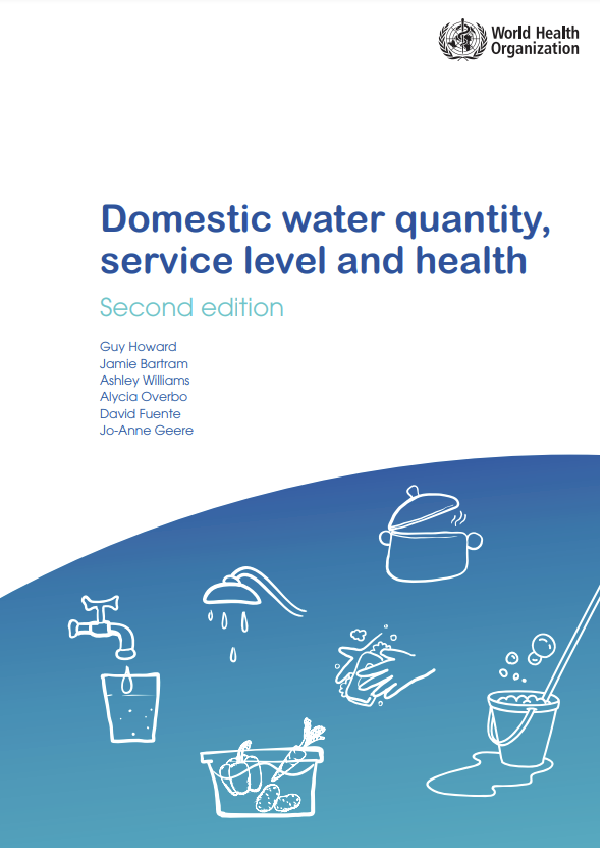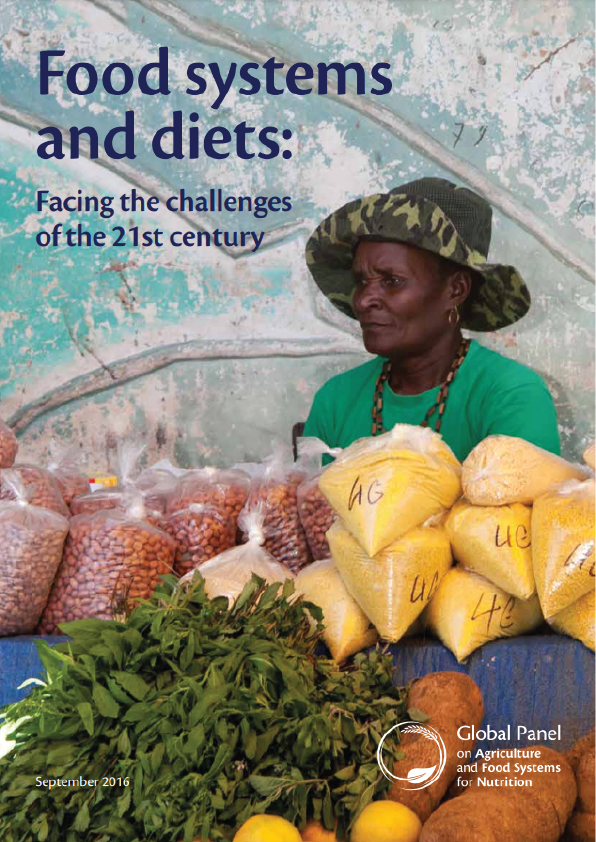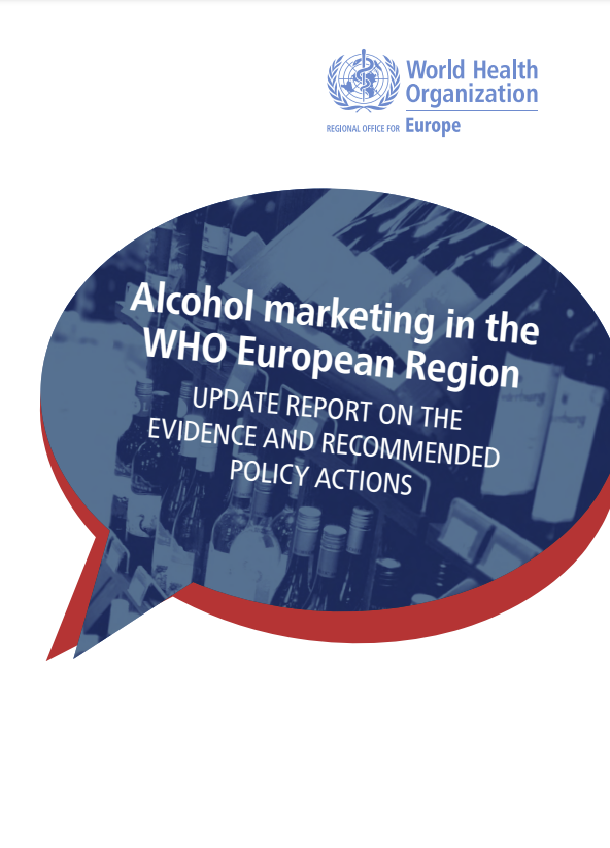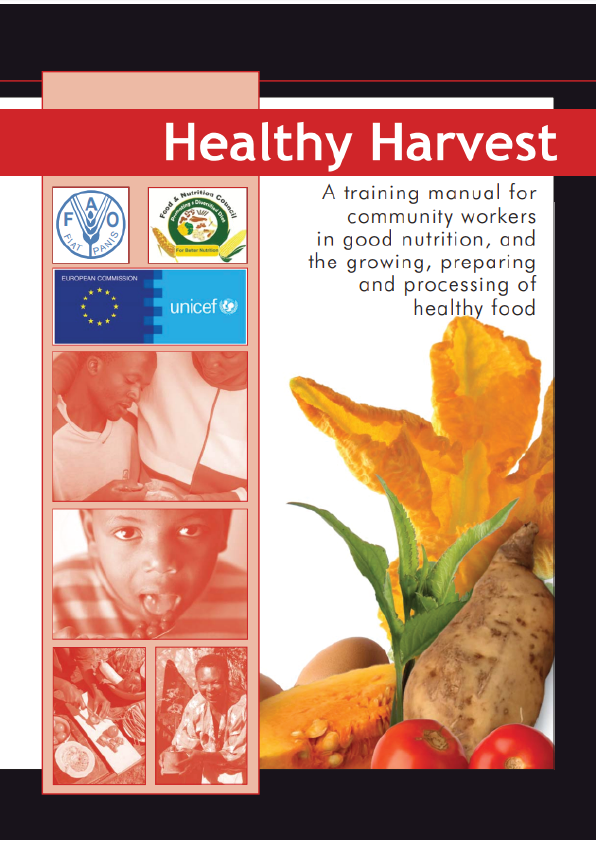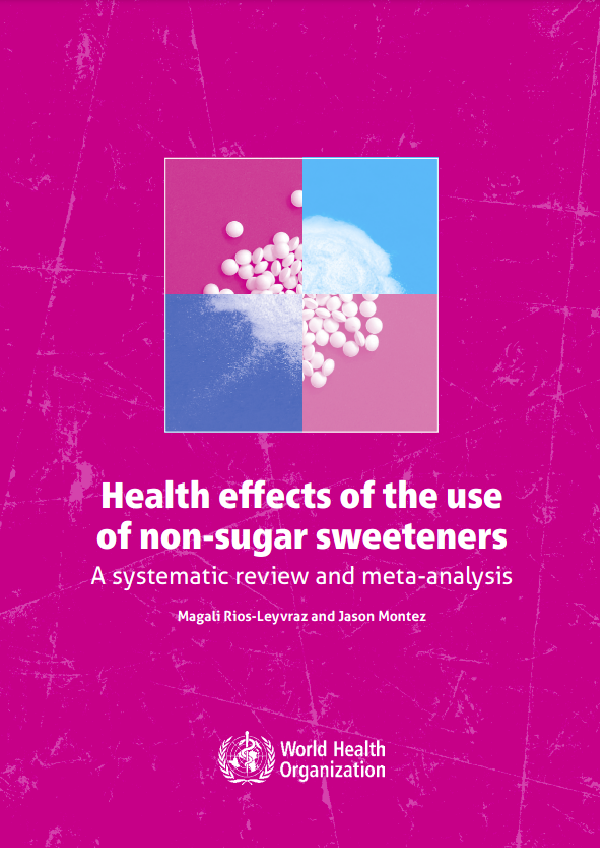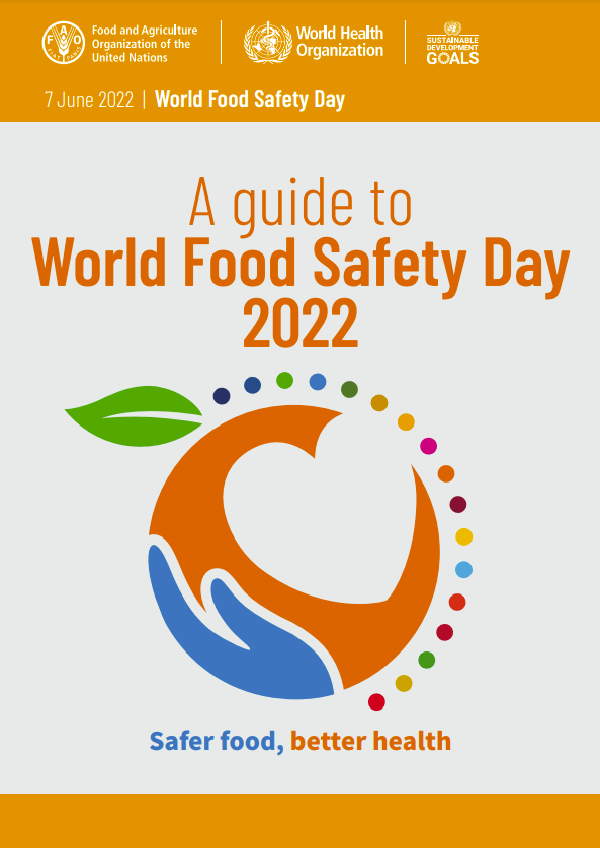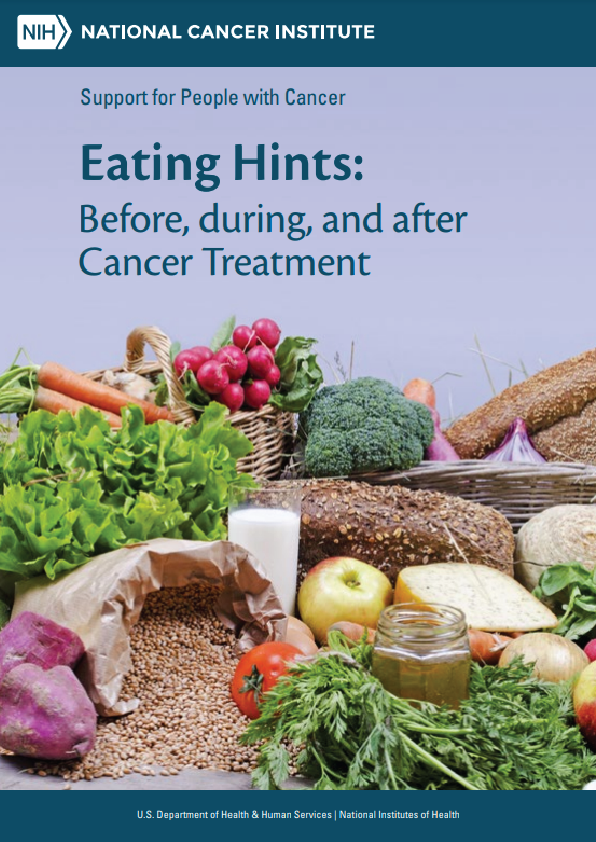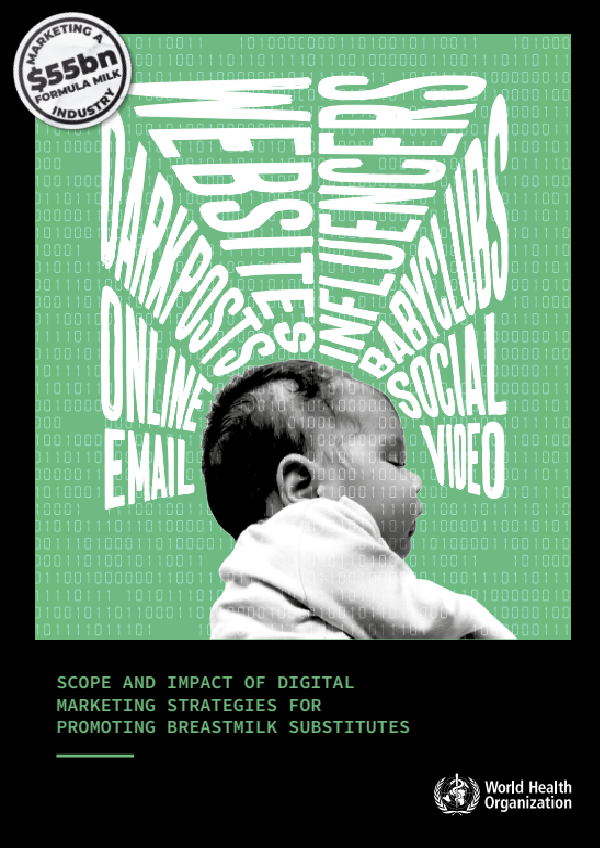Domestic water quantity, service level and health
Sufficient quantities of water for household use, including for drinking, food preparation and hygiene, are needed to protect public health and for well-being and prosperity.
This second edition reviews the evidence about the relationships between water quantity, water accessibility and health. The effects of water reliability, continuity and price on water use, are also covered. Updated guidance, including recommended targets, is provided on domestic water supply to ensure beneficial health outcomes.
Sufficient water is vital to human health, well-being and prosperity. Daily consumption of sufficient water is required to replenish body fluids and facilitate physiological processes. Water is also required for personal and domestic hygiene, and for productive and some recreational activities. Households with readily accessible water sources and that use more domestic water have significantly better health than households with more distant water sources that use less water.
This publication reviews evidence on adequate amounts of water for health and well-being. It recommends targets for domestic water supply to ensure beneficial health outcomes.
The amount of water used is largely determined by accessibility – that is, the time taken and distance travelled to collect water – and by continuity (availability all the time), reliability (availability when expected or needed) and price. Changes in the amount of water collected occur at access thresholds, as shown in Table S1. These thresholds can guide policies, plans and regulations that relate to water quantity.
A recommended minimum daily quantity of water for drinking is 5.3 litres (L)/person. This is the volume of water that should be accessible to ensure that lactating women engaged in moderate activity at moderately high temperatures – the population group with the highest physiological needs – remain hydrated. People living a sedentary lifestyle in temperate climates may require less, whereas those living in hot climates or engaging in strenuous work may require more. This water should be safe for consumption.
Insufficient empirical evidence is available to define a minimum quantity of water necessary for cooking, personal hygiene, food hygiene and other forms of domestic hygiene. Experience and expert opinion suggest that 20 L/person/day is often sufficient for drinking, cooking, food hygiene, handwashing and face washing, but not other hygiene practices. However, where demands for water are increased – for example, due to increased hand hygiene in response to outbreaks of disease – 20 L/day is likely to be insufficient, and in many cases running water from a tap will be necessary to support sufficient handwashing. This is a higher level of service than the indicator of water supply “on-premises” used to monitor Sustainable Development Goal (SDG) Target 6.1, which can also be satisfied by use of non-piped protected sources, such as a handpump in a yard. Piped water onpremises results in larger volumes of water used and can support improved hygiene. Good hygiene is also influenced by behaviours, knowledge and access to cleaning agents.
Table S1 indicates the quantities of water likely to be used by households and their adequacy for health needs, based on accessibility of the water supply. Where water supplies are not continuous or not reliable, households typically use less water. Less water is also used where prices exceed the level that households can afford.
